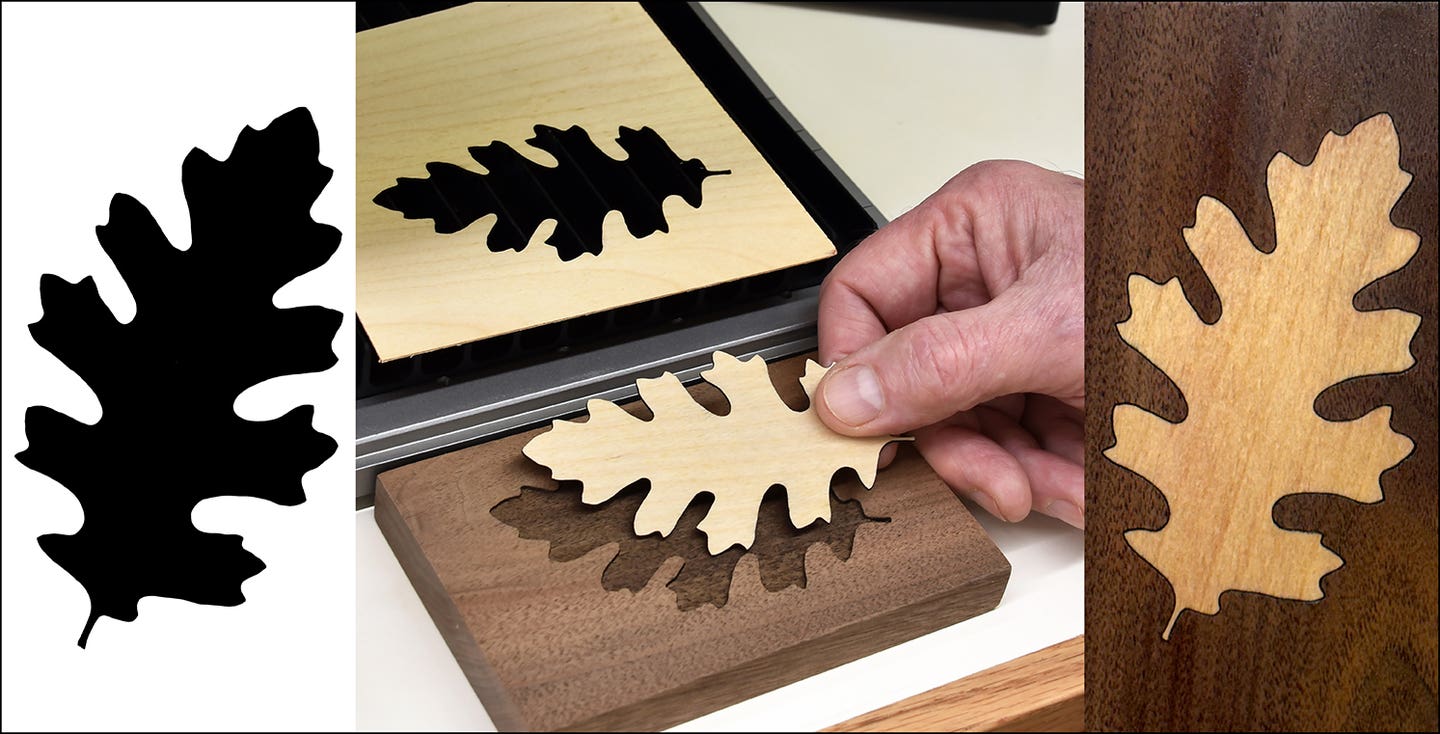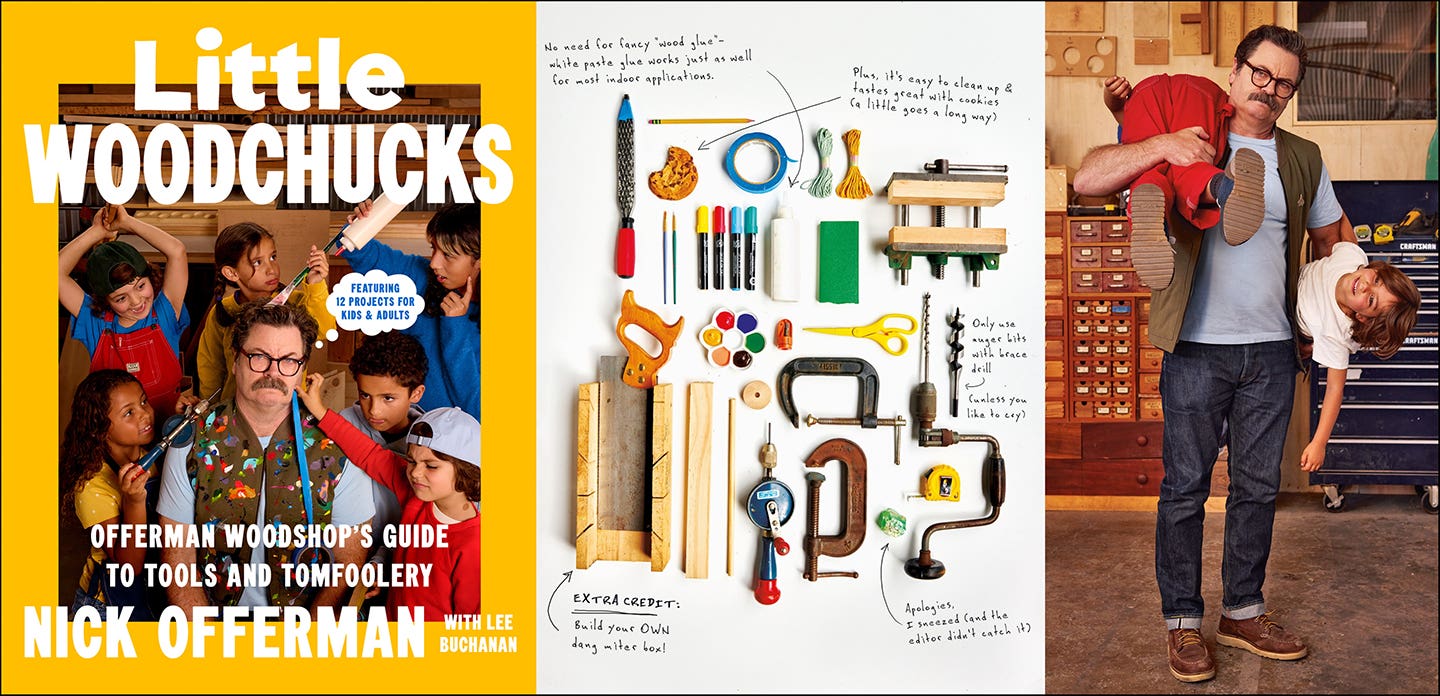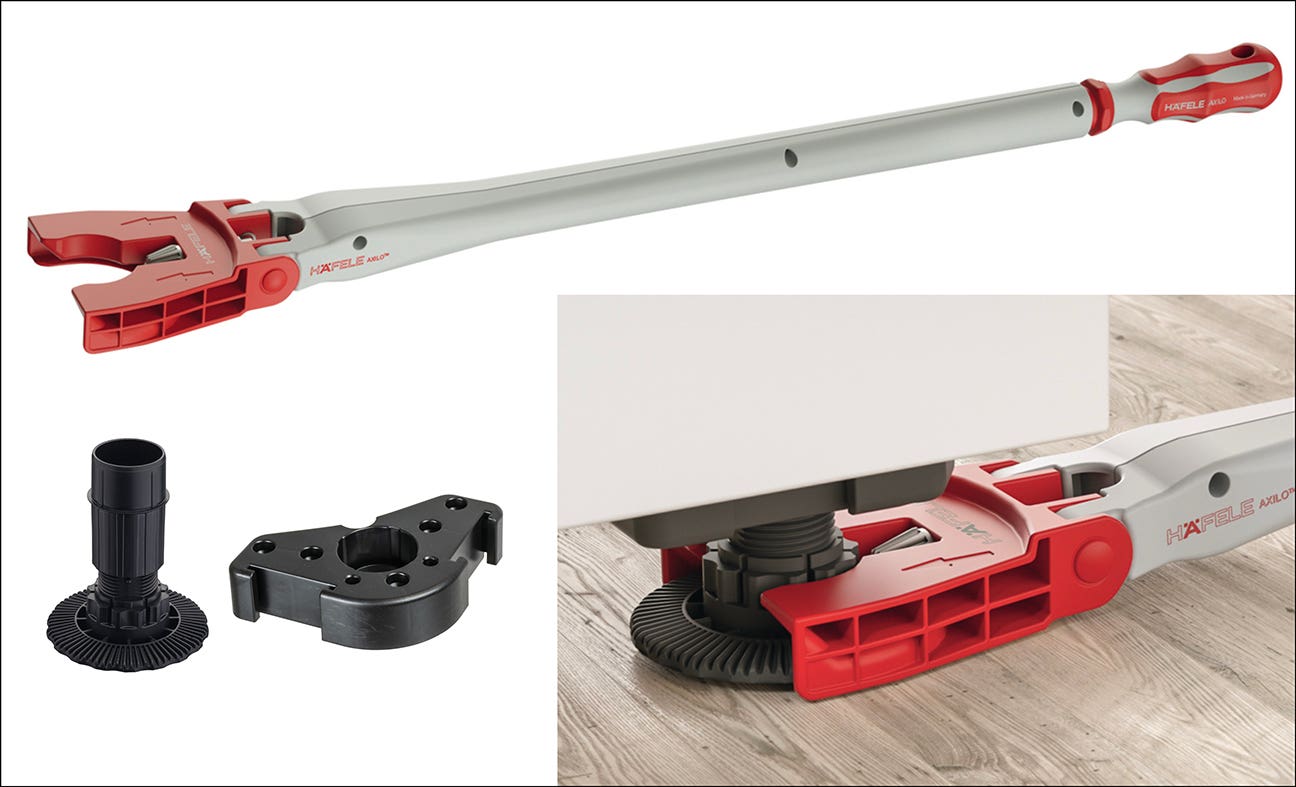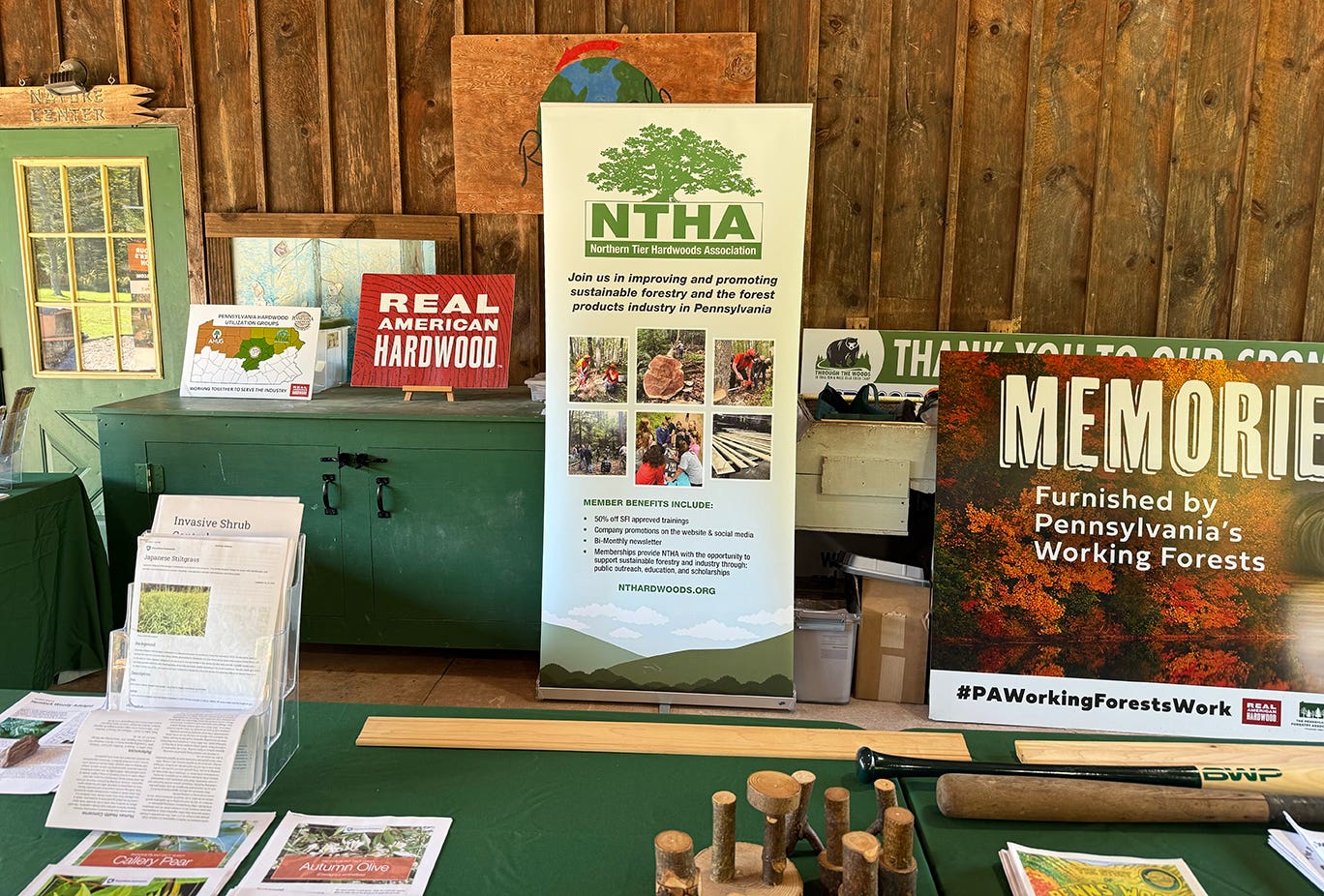Warts and all
When your intent is to make an accurate and authentic reproduction, what exactly do you have to reproduce to ensure accuracy and authenticity the original makers intent, or the…
When your intent is to make an accurate and authentic reproduction, what exactly do you have to reproduce to ensure accuracy and authenticity the original makers intent, or the original makers work?
As regular readers know, I enjoy making historical reproductions and am, in fact, doing a book of 19th-century reproductions related to the Civil War. I want these articles to be accurate and authentic. When I reproduce an item from photos or a museum examination, I make the best item I can. That is, I strive to do my very best work to reproduce it accurately based on what I can see.
However, what if you actually own an original item and have had the opportunity to do an exacting examination of it and you find errors or even poor workmanship. Do you use all your skills to exactly reproduce the makers work, mistakes and all, or do you use all your skills to reproduce what was undoubtedly his intent?
Clearly, if your goal is to make a reproduction thats an exact copy, you do just that. If one of his dovetails was off-centered or slightly too big, then you make your dovetail off-centered or slightly too big. However, if your goal is to make a reproduction of the exact design, then you can feel free to put the dovetail where it belongs and cut it to the correct size.
One of the items for my book is a handheld mirror in a pivoting case. Mirrors of this design were made by the zillions in the 19th century; Ive seen many in both photographs and up-close in museums. I bought an original some years ago and have used it as the basis for my reproduction. However, the maker of my original erred: The case, which should be symmetrical, isnt. Its off only slightly, but its definitely off.
In my reproduction I copied every detail of my original except one. I corrected the case to make it symmetrical.
The question then becomes, is it still an accurate and authentic reproduction?
What say you?
Till next time,
A.J.
A.J. Hamler is the former editor of Woodshop News and Woodcraft Magazine. He's currently a freelance woodworking writer/editor, which is another way of stating self-employed. When he's not writing or in the shop, he enjoys science fiction, gourmet cooking and Civil War reenacting, but not at the same time.







